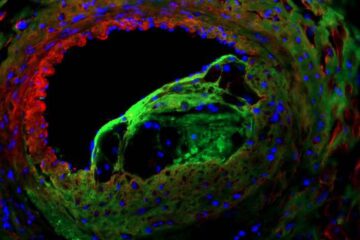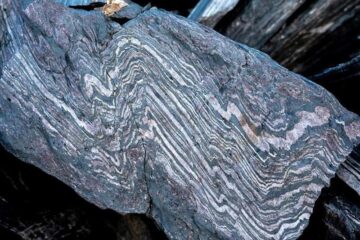Discovery of the secrets that enable plants near Chernobyl to shrug off radiation

Martin Hajduch and colleagues note that plants have an unexpected ability to adapt to an environment contaminated with radiation following the April 26, 1986 accident at Chernobyl. Their previous research, for example, showed that soybean plants in the area have adapted to the contaminated soil with certain changes in their proteome. A proteome is the full complement of proteins produced by the genes in a plant or animal. But the broader range of biochemical changes in plants that allow them to thrive in this harsh environment remained unclear.
The scientists grew flax seeds in radiation-contaminated soil in the Chernobyl region and compared their growth to those of seeds grown in non-radioactive soil. Radiation exposure had relatively little effect on the protein levels in the plants, with only about five percent of the proteins altered, they note. Among them weree certain proteins involved in cell signaling, or chemical communication, which might help the plants shrug-off radioactivity, the scientists suggest.
ARTICLE FOR IMMEDIATE RELEASE “Proteomics Analysis of Flax Grown in Chernobyl Area Suggests Limited Effect of Contaminated Environment on Seed Proteome”
DOWNLOAD FULL TEXT ARTICLE http://pubs.acs.org/stoken/presspac/presspac/full/10.1021/es100895s
CONTACT:
Martin Hajduch, Ph.D.
Institute of Plant Genetics and Biotechnology
Slovak Academy of Sciences
Bratislava, Slovakia
Phone: 421-37-7336659
Fax: 421-37-7336660
Email: hajduch@savba.sk
Media Contact
More Information:
http://www.acs.orgAll latest news from the category: Ecology, The Environment and Conservation
This complex theme deals primarily with interactions between organisms and the environmental factors that impact them, but to a greater extent between individual inanimate environmental factors.
innovations-report offers informative reports and articles on topics such as climate protection, landscape conservation, ecological systems, wildlife and nature parks and ecosystem efficiency and balance.
Newest articles

Solving the riddle of the sphingolipids in coronary artery disease
Weill Cornell Medicine investigators have uncovered a way to unleash in blood vessels the protective effects of a type of fat-related molecule known as a sphingolipid, suggesting a promising new…

Rocks with the oldest evidence yet of Earth’s magnetic field
The 3.7 billion-year-old rocks may extend the magnetic field’s age by 200 million years. Geologists at MIT and Oxford University have uncovered ancient rocks in Greenland that bear the oldest…

Decisive breakthrough for battery production
Storing and utilising energy with innovative sulphur-based cathodes. HU research team develops foundations for sustainable battery technology Electric vehicles and portable electronic devices such as laptops and mobile phones are…





















